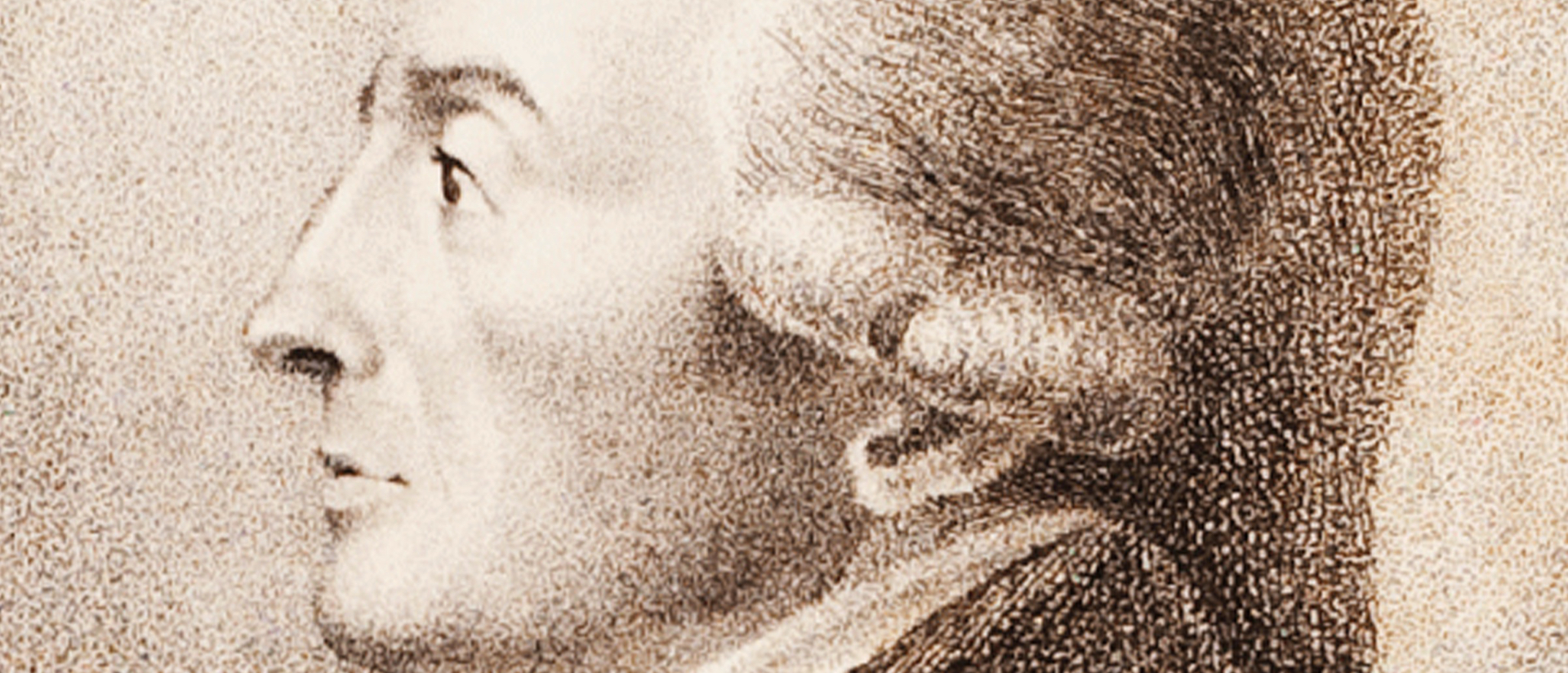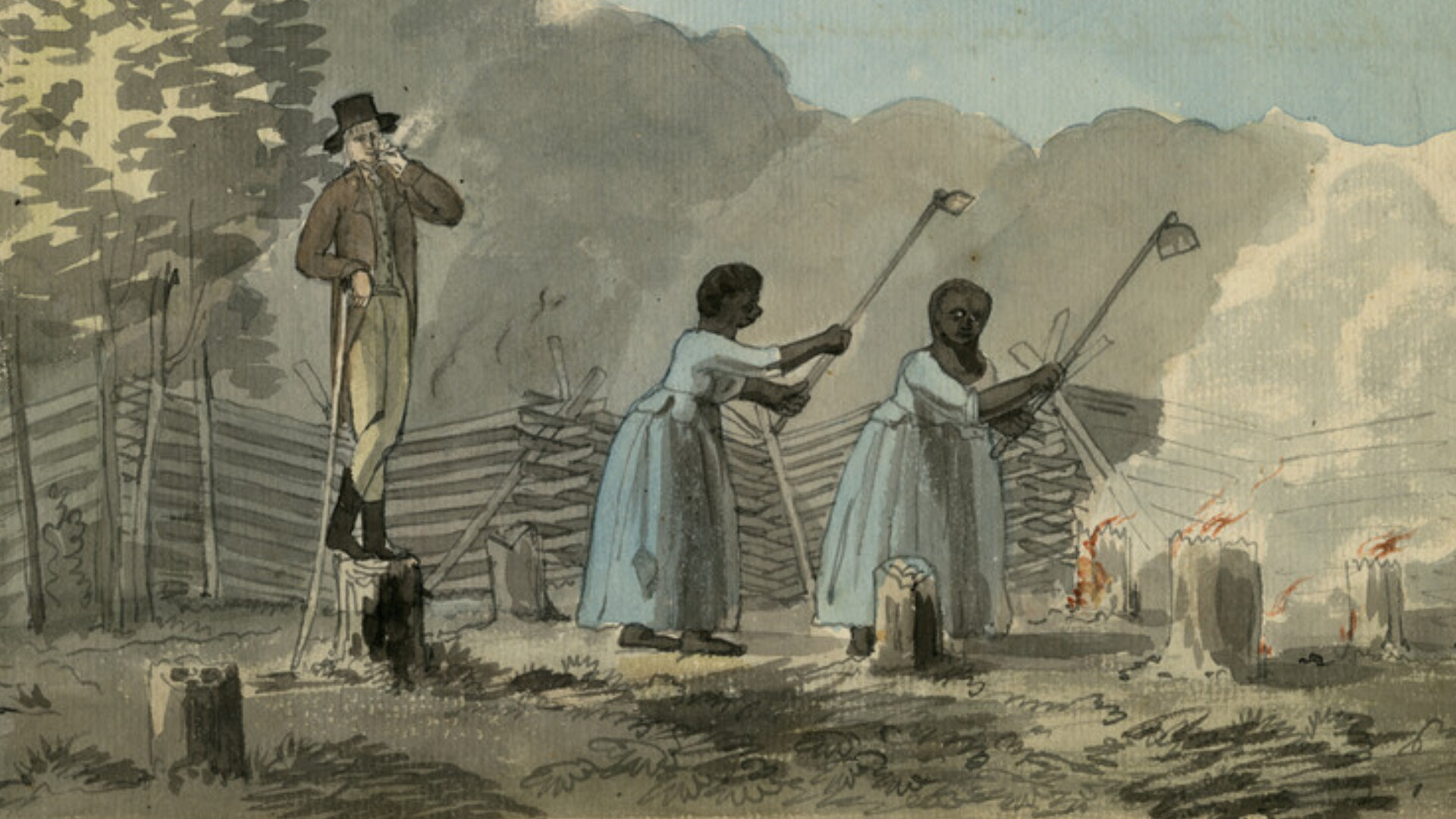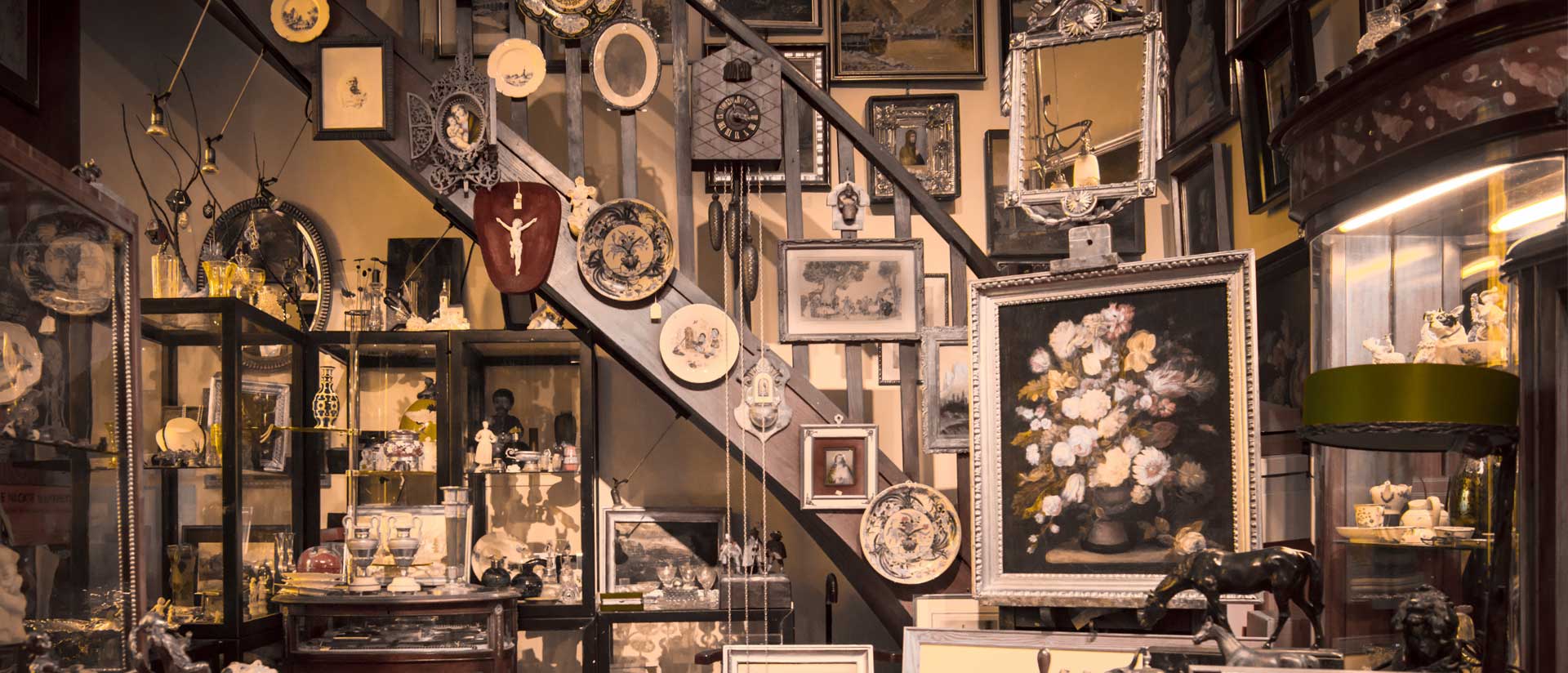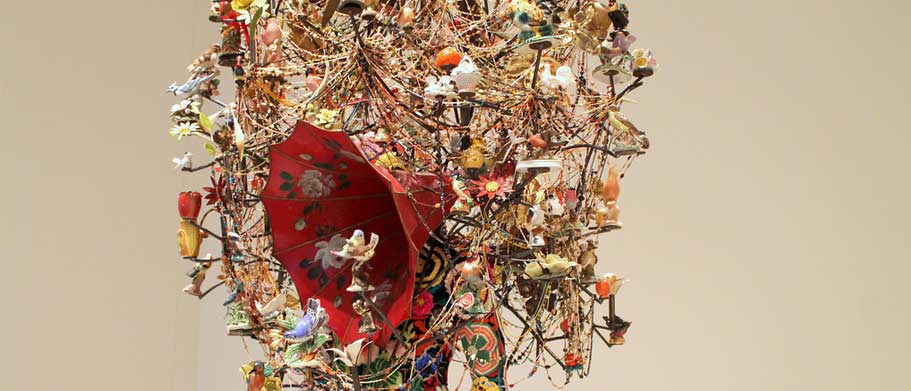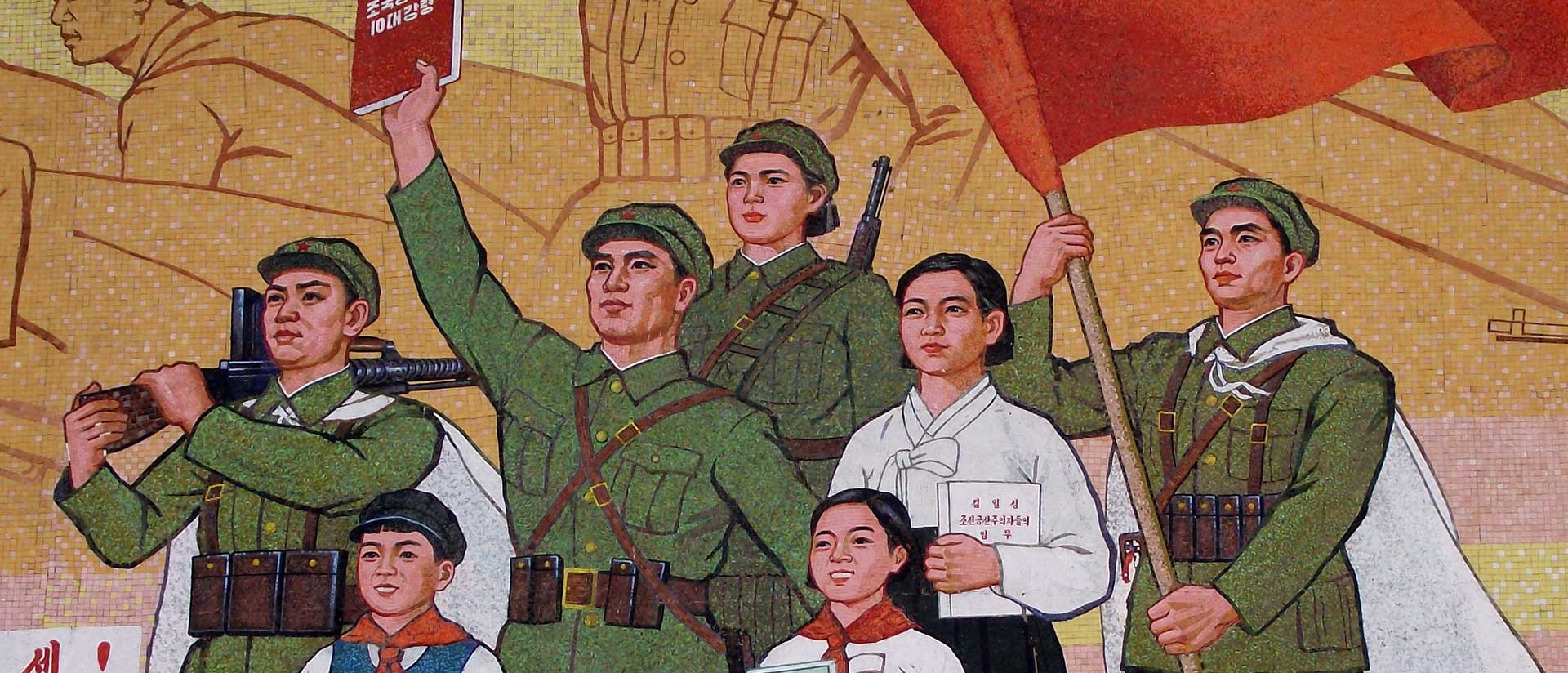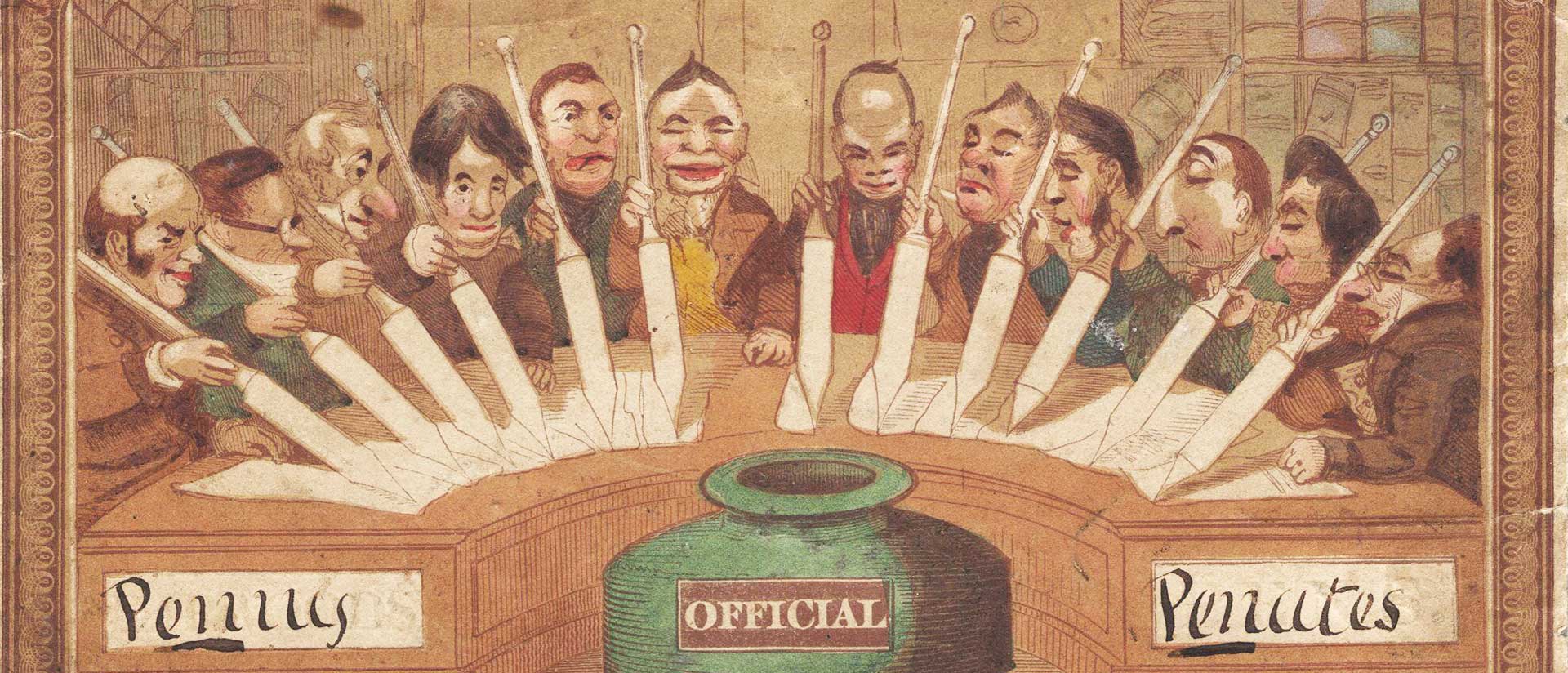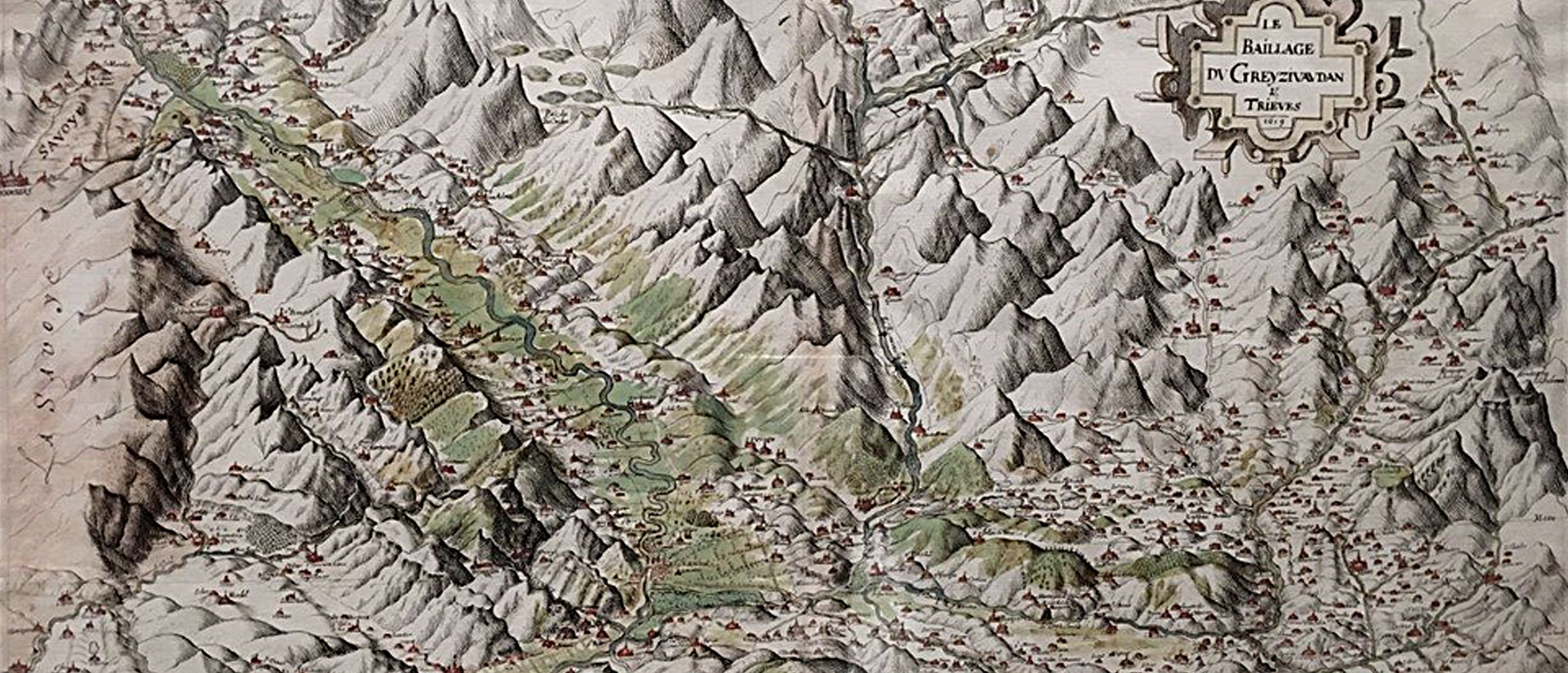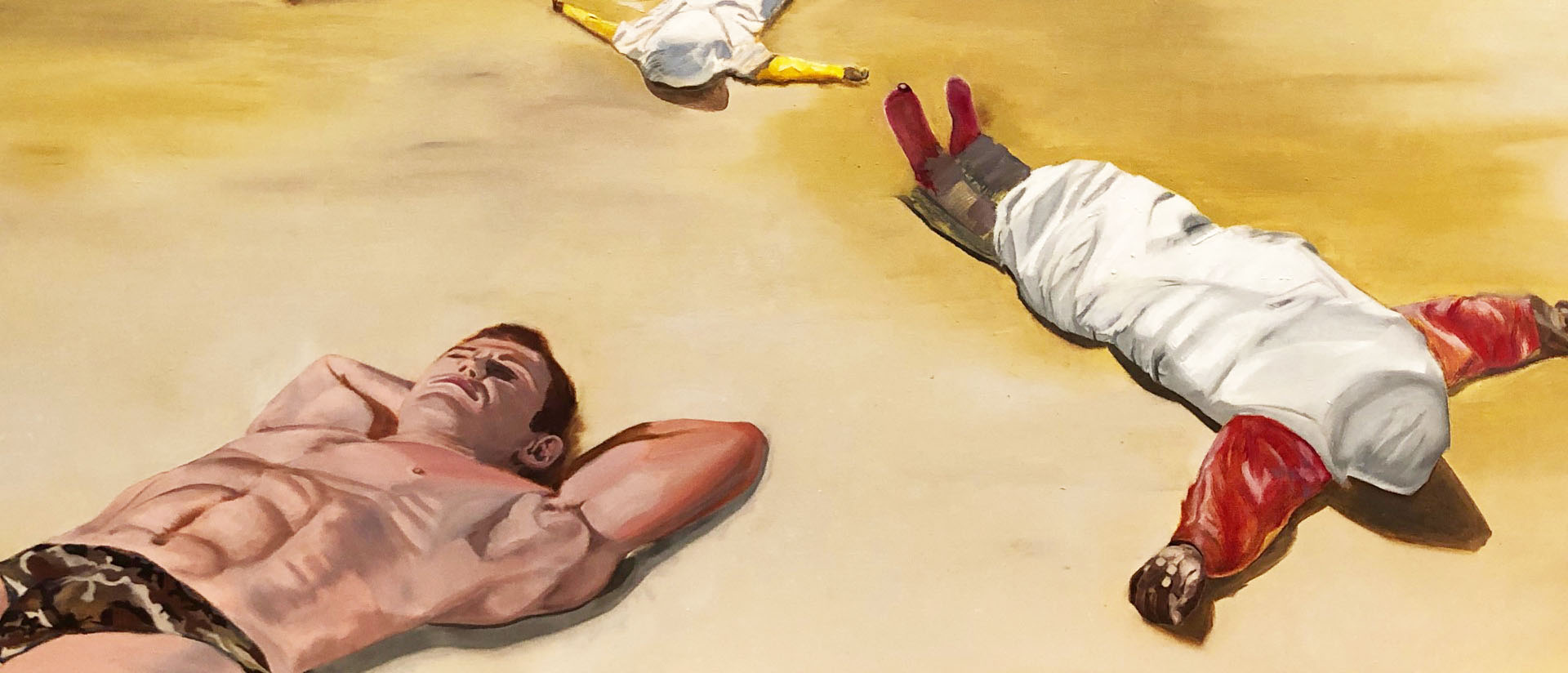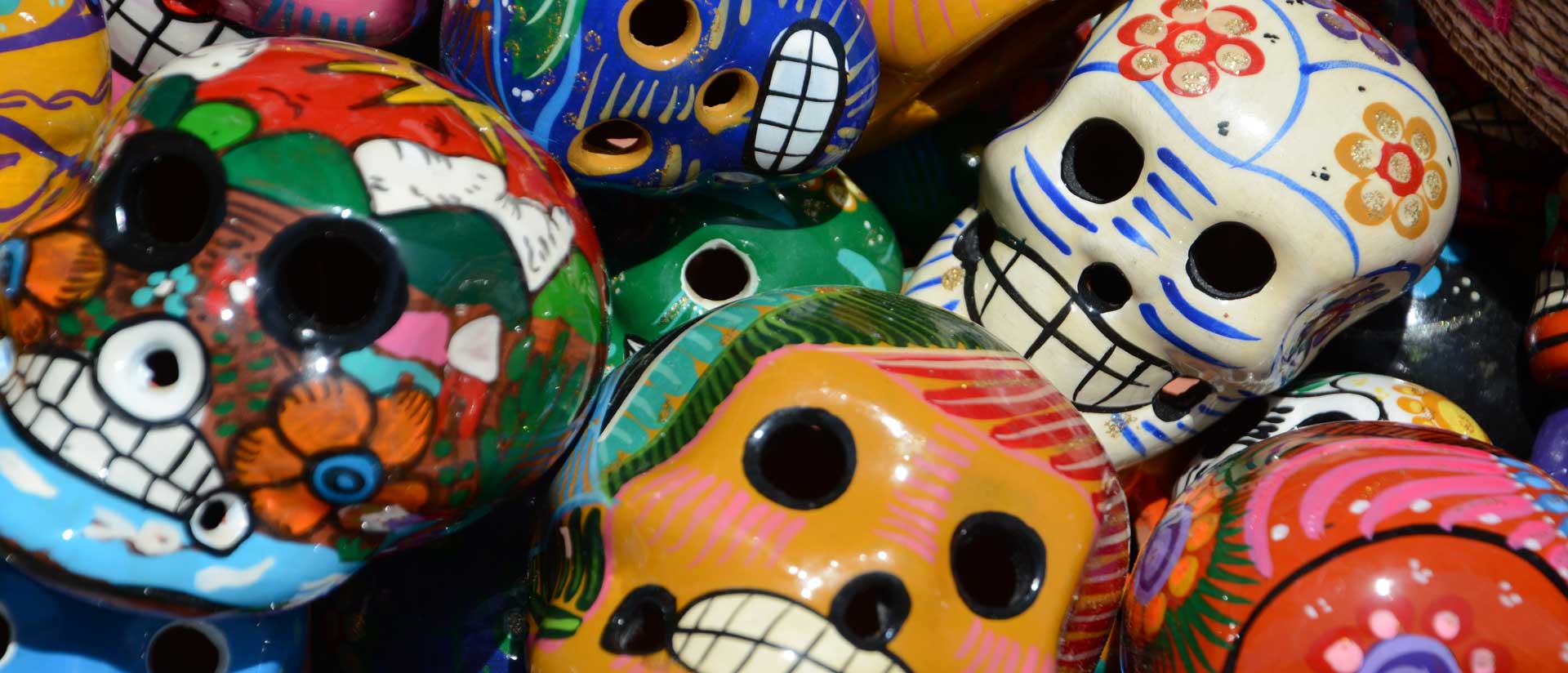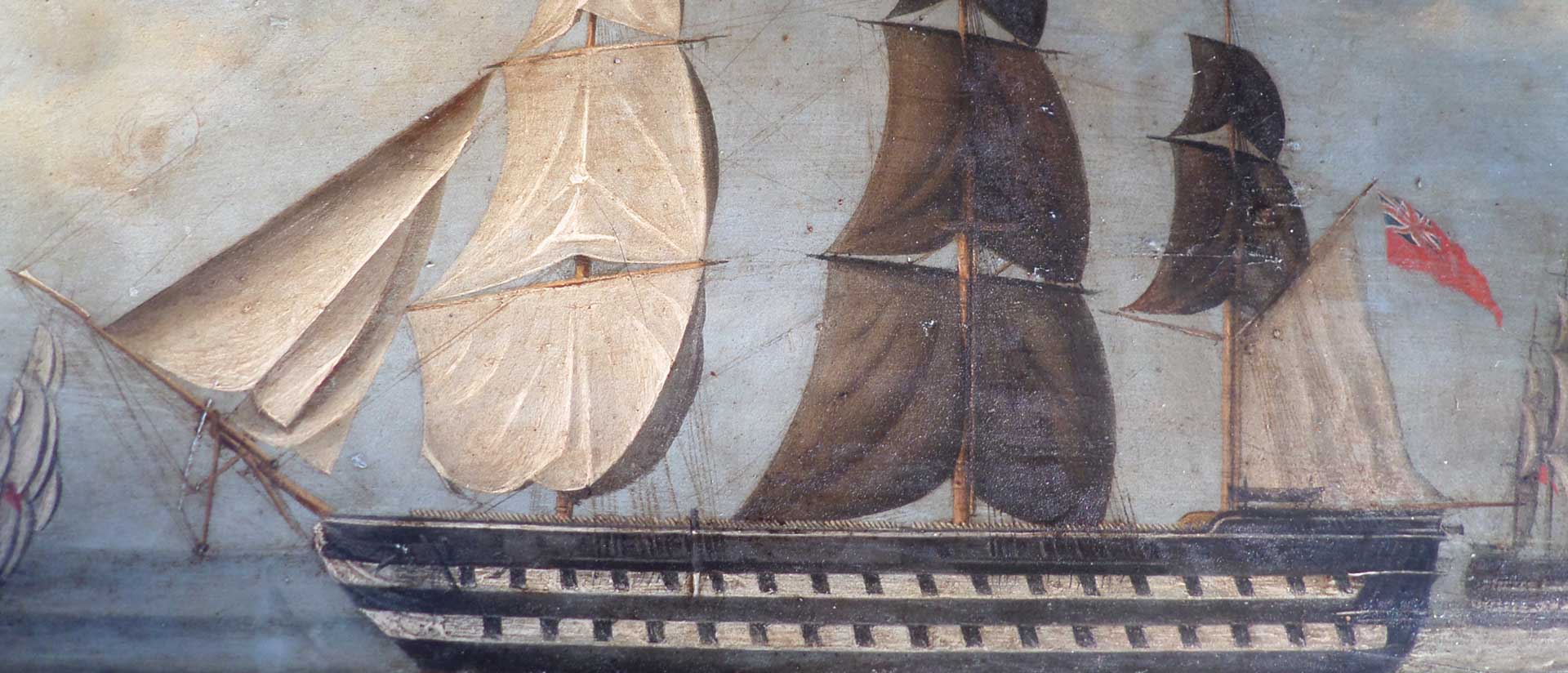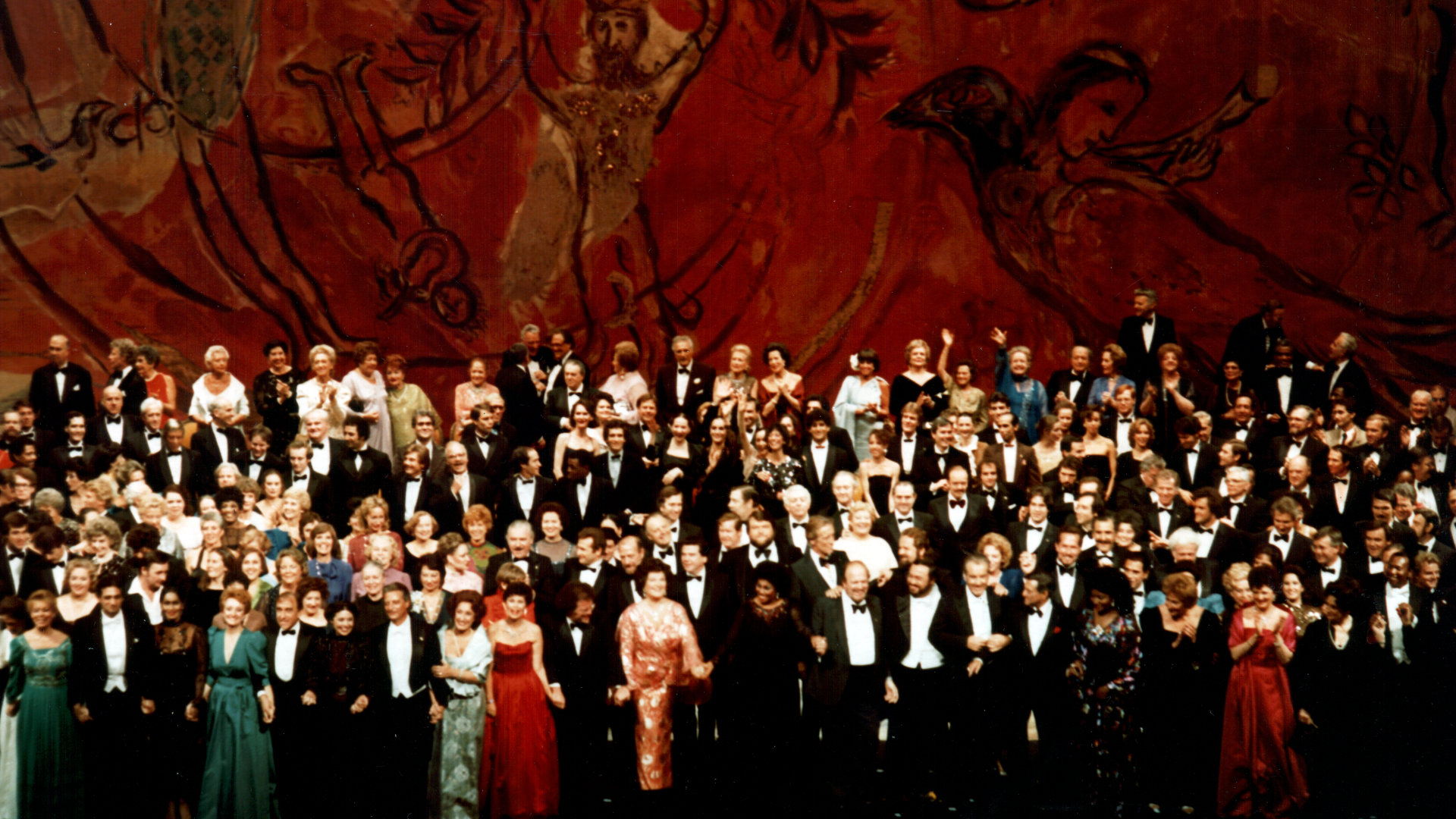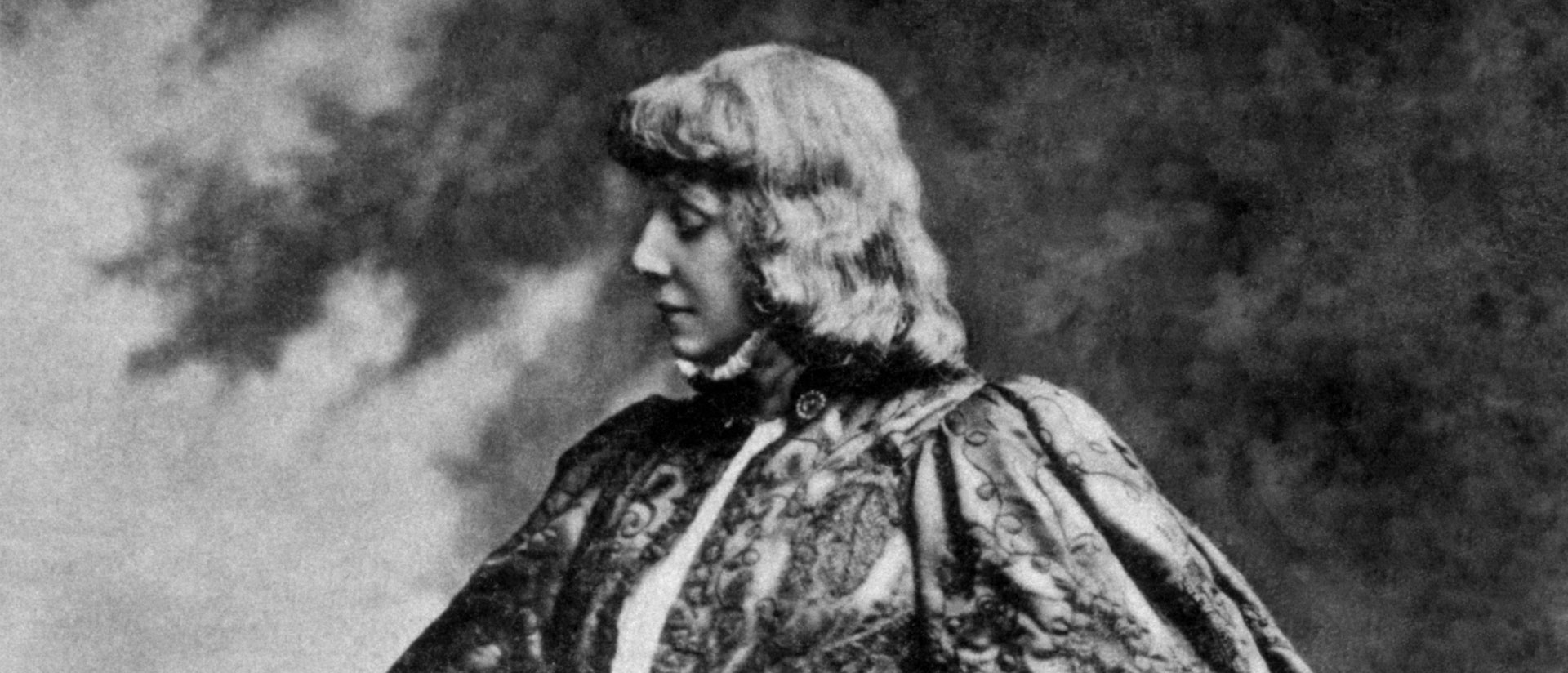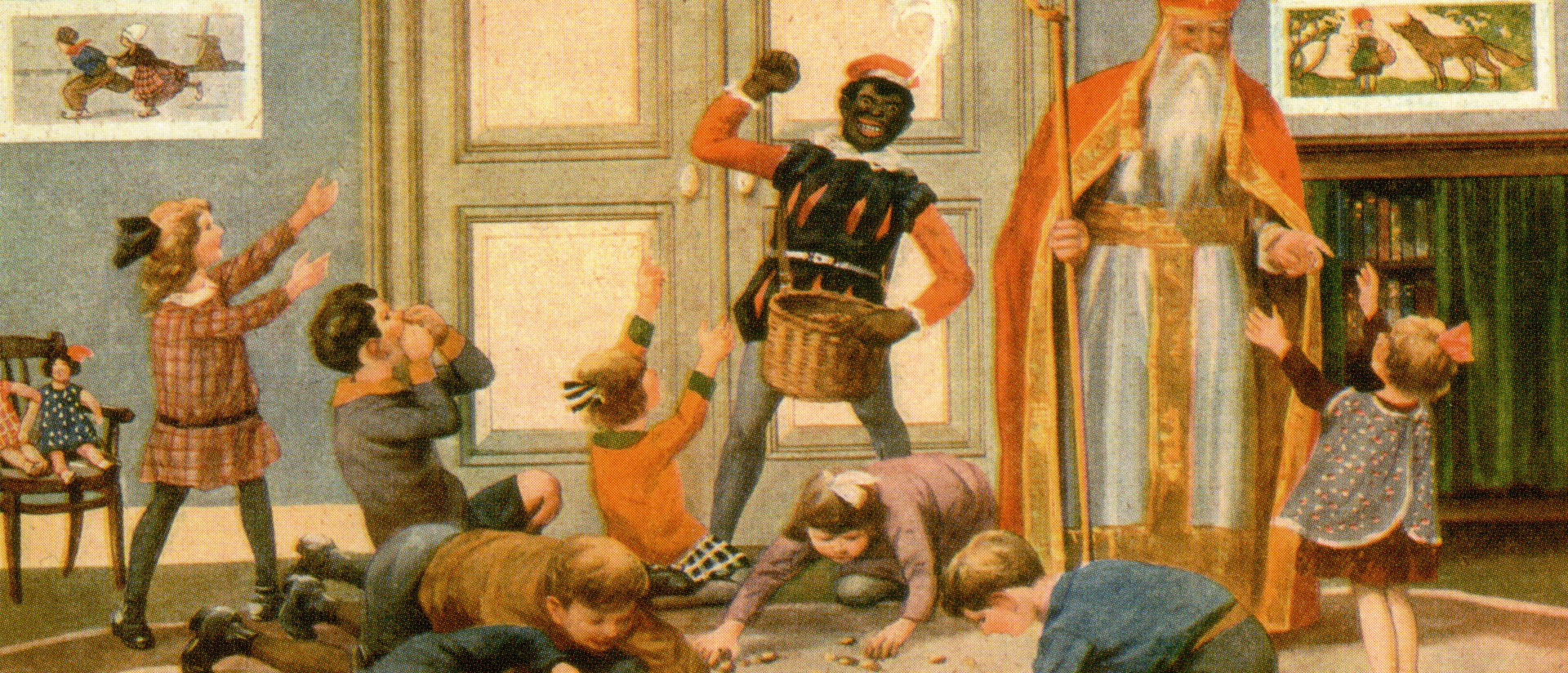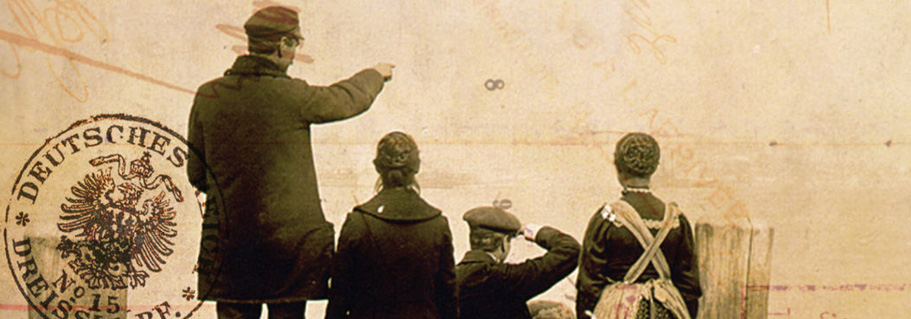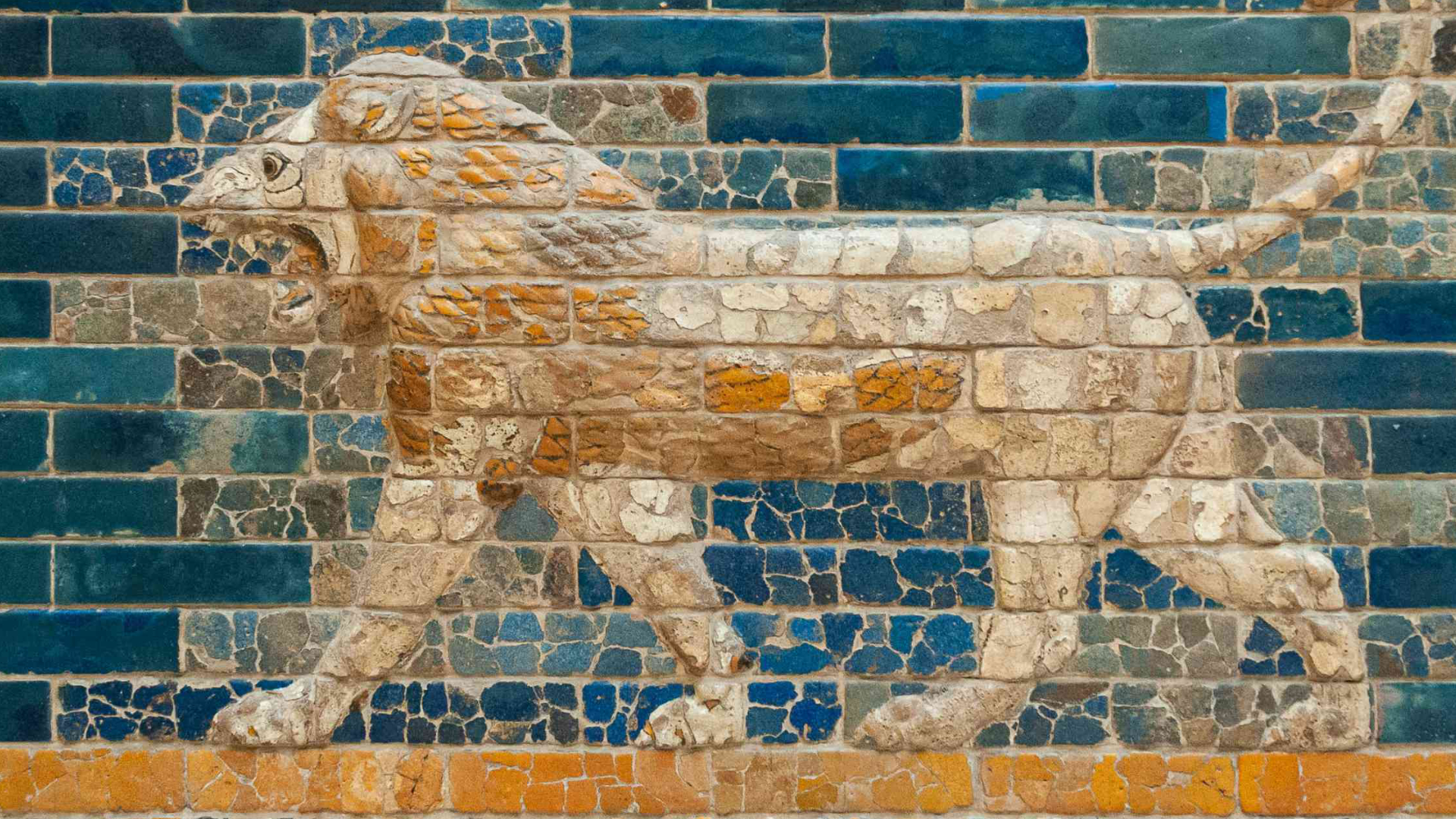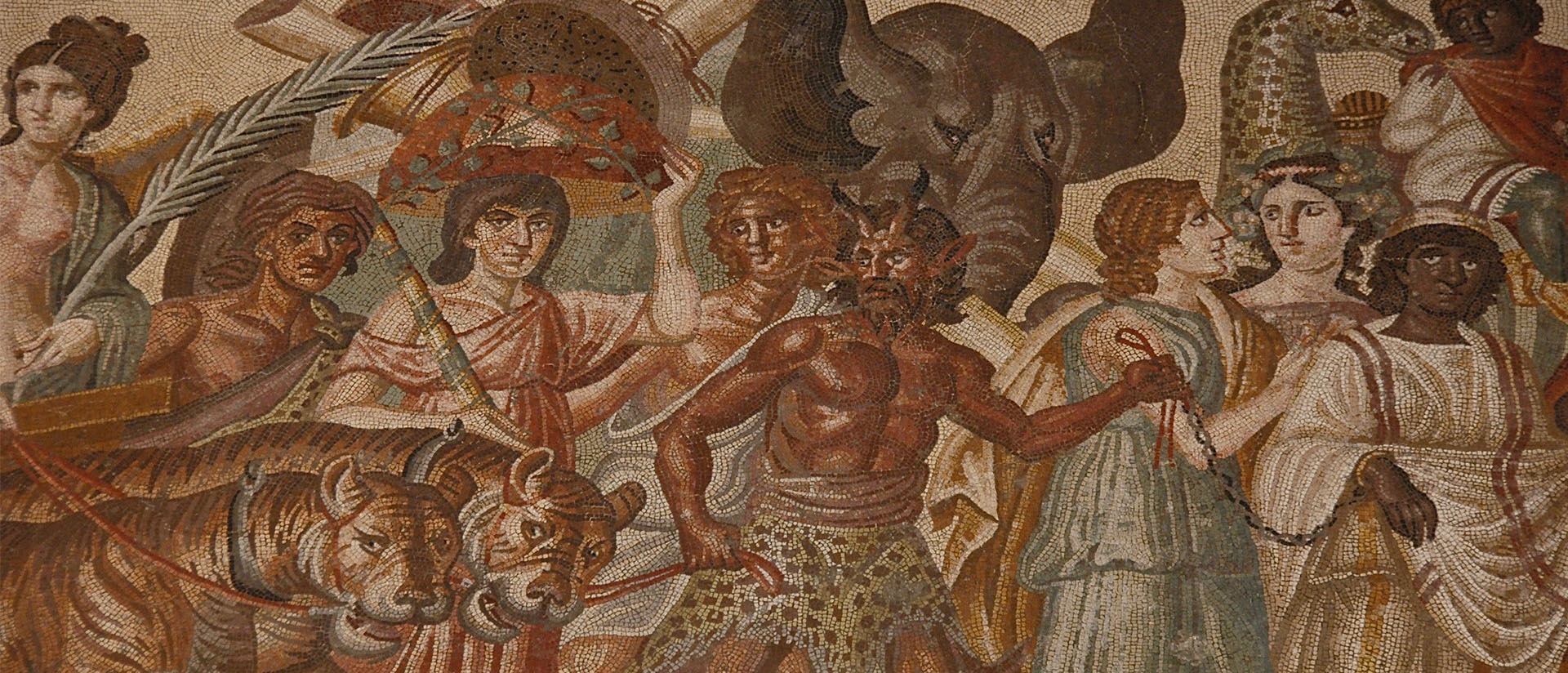
The Roman Roots of Racial Capitalism
What an ancient empire can teach us about diversity
by Nandini B. Pandey
The images of Rome we encounter in our cinemas, museums, classrooms, and books rarely reflect its true ethnic variety. The cold, white statues on display in galleries were once brightly painted, reflecting the many skin tones of Roman people from Spain to Syria. But the cold, white universities that codified the discipline of classics had a vested interest in making Greco-Roman civilization look as white as possible. Blond, blue-eyed children cavort improbably through the pages of Latin textbooks, acculturating new students into classics’ history of perpetuating white self-regard and excluding minorities. The 2017 controversy that erupted in response to a BBC cartoon’s historically valid depiction of black-skinned Romans in Britain shows just how successfully scholarship, films, and racist assumptions have conspired to whitewash the popular image of Rome. To this day, far-Right hate groups are fond of referencing Greek and Roman history, or rather their intellectually dubious constructions of it, in order to fan fear that “the European races” will be replaced by immigrants.
Fortunately, some classical scholars—among them Mary Beard, Sarah Bond, Dani Bostick, Curtis Dozier, Shelley Haley, Rebecca Futo Kennedy, Denise McCoskey, Daniel Padilla Peralta, Patrice Rankine, and others—are fighting valiantly to correct the record on ancient race and ethnicity, improve our teaching and outreach, and repair our discipline’s systemic racism and history of collusion with white supremacy.
My own book project on Roman diversity (for Princeton University Press) unites my research as a classics professor with my experience as a first-generation Indian-American in an overwhelmingly white field. At every institution where I’ve worked, I hear people say they “value diversity” in the abstract, but engage in behaviors that undermine, tokenize, silence, or heap institutional labor on individuals of color. Diversity measures, too—as well intentioned as they can be, and as necessary to correct deeply embedded inequalities—often backfire against minorities, fanning resentment of our successes and our very presence in white spaces. In a growing wave of criticism originating among minority scholars, Sara Ahmed shows how diversity policies operate to alleviate white guilt while deflecting the need for real change. Nancy Leong places affirmative action within a system of “racial capitalism,” whereby white people and institutions derive value from nonwhite racial identity. As a minority scholar who strives to use the classical past to shed light on the present, I often wonder what the history and reasoning are behind the value we place on diversity and ethnic difference. What good does diversity do, and for whom? Do other cultures reveal similar gaps between the rhetoric and practice of inclusion, and what can we learn from them?
As a minority scholar who strives to use the classical past to shed light on the present, I often wonder what the history and reasoning are behind the value we place on diversity and ethnic difference. What good does diversity do, and for whom?
Ancient Rome isn’t the only place we can look for answers. It’s not the first culture to value diversity or the reason institutions tout their inclusivity. And, of course, a brief discussion will necessarily simplify evidence that is copious, complex, and sometimes contradictory. Nevertheless, Rome’s strategies for handling diversity have never been so relevant to the present day, with our increasing divisions along the fault lines of race, ethnicity, immigration, and class. Rome not only exemplifies Jane Burbank and Frederick Cooper’s thesis, in Empires in World History, that empires often handle ethnic difference better than nation-states. When it comes to diversity as on so many other subjects, Rome can also serve as an estranging mirror through which to recognize the good, the bad, and the ugly around our own modern practices.
Contrary to what the far Right would have you believe, the city and empire of Rome were among the most diverse communities the world has ever known. At the height of its power, from around the first century BCE through the second century CE, the Roman Empire included large swaths of Asia, Africa, and Europe, drawing citizens and soldiers, authors and emperors from all three continents. It maintained peace, law, and a relatively high quality of life among these varied ethnic groups, assimilating them into the state and their gods into the Roman pantheon. Tensions and frictions arose, particularly with monotheistic sects in Judea. All across the empire, war and human trafficking, along with commerce, voluntary immigration, and military service, were important drivers of the intermingling and diversification of local populations. Indeed, Rome forces us to confront—as smiling faces on diversity brochures never do—the troubling causal connections between demographic variety in the present and violent subjugation in the past. On the other hand, Rome’s social and belief systems were remarkably unbiased with regard to race or origin; belonging and advancement had little to do with blood or soil.
Diversity was deep in Rome’s DNA. Cherished foundation legends featured the Asian refugee Aeneas, the exile Romulus, the motley asylum-seekers he welcomed into his city, and the wives they stole from an outside tribe. There are hints in these stories of the violence and greed that would characterize Roman expansion. But these myths also provided precedent for the tendency to integrate and build buy-in among conquered people that historians and politicians alike credited with Rome’s success. Philip V of Macedon complained to the townsfolk of Larisa, around 215 BCE, that the Roman practice of enfranchising allies and manumitting slaves gave them a military edge over more closed Greek societies (Syll.3 543). Centuries later, in 48 CE, the emperor Claudius argued to expand the admission of Gauls into the Senate, on the grounds that his and many famous patriots’ families were once foreigners (Tacitus, Annals 11.23-24; cf. CIL XIII.1668). Citizenship was gradually if sometimes grudgingly expanded outside the city: first (after armed conflict in the early first century BCE) to Italy, and then to the provinces. This process culminated in 212 CE, when the emperor Caracalla, himself North African on his father’s side and Syrian on his mother’s, conferred Roman citizenship upon all free men regardless of race. Rome was at its heart a nation of immigrants, built on a foundation of pragmatic pluralism. And Roman identity was an expansive category, based ultimately on shared practices and values rather than accidents of birthplace.
Rome was at its heart a nation of immigrants, built on a foundation of pragmatic pluralism.
As the philosopher Seneca maintained, all humans belong to one universal republic; it was mere fortune that some were born in Athens and others in Carthage (On Leisure 4.1). The Romans’ appreciation for the role of providence in determining human difference stands in refreshing contrast to modern America’s pernicious entanglement of race, class, and merit. Rome rewinds us to a time before the codification of race and racism—the belief in qualitative hereditary inequalities among people and the continuance of systems that perpetuate inequities. According to most ancient ethnographic thinking, which obviously predates modern hereditary science and the injustices perpetuated in its name, all humans were roughly the same before birth but developed differently in response to different environmental and cultural stimuli. Certain regions were known for producing fine soldiers or shepherds, much as some areas yielded good wine or olives. But people who were transplanted would readjust to their new surroundings. The primary geographical bias we find is a belief that Italy had an exceptionally healthful climate and was thus ideally suited not just to govern but to welcome all peoples. In Pliny’s words, Italy was “both child and parent of all lands,” uniting scattered ethnic and language groups as “the homeland of all peoples over the whole globe” (Natural History 3.5).
Mere luck, not hereditary worth, also determined whether someone was born free or enslaved, lived in a city that was captured and sold into slavery, or fell in circumstances through some other route (cf. Seneca, Moral Epistles 47.10). Roman elites saw no contradiction in treating the fellow humans they enslaved as “speaking tools.” On the other hand, slavery as practiced in the Roman world did not systematically target certain races or develop pseudo-scientific justifications for enslaving specific groups. People of any color or origin, from northern Europe to Africa, could find themselves laboring in the same household. In fact, Varro advised owners to compose enslaved workforces drawn from diverse regions, in order to avoid infighting among clans (On Agriculture 1.17).
In a sense, then, diversity was not just a winning geopolitical strategy; it was also a tool for controlling the oppressed. So, too, was the hope of freedom, equality, and opportunity, thanks to an “open” model of slavery that distinguished Rome from the Americas. Long before modern psychology validated the efficacy of sporadic rewards, Rome developed laws and practices by which slaves could be manumitted and entered into the free citizen population on the whim or will of their enslavers. This was a carrot used along with many horrific sticks to incentivize good behavior among the enslaved. Those with close personal contact with their owners—doctors, teachers, sexual favorites—were most likely to benefit, and by some estimates might expect to serve as few as five years on average (though, as so often in classics, limited evidence makes generalization difficult).
In a sense, then, diversity was not just a winning geopolitical strategy; it was also a tool for controlling the oppressed. So, too, was the hope of freedom, equality, and opportunity, thanks to an “open” model of slavery that distinguished Rome from the Americas.
The resultant influx of new, often foreign-born people into the citizen body was subject to certain legal controls but never regulated by ethnicity. Freed people’s continued obligations to former owners made most of them settle, marry, and have children locally, further diversifying local communities and gene pools. Some even spent the afterlife with people drawn from all corners of the Mediterranean world: one Roman tomb contained a Theban eye doctor, a man from Smyrna, women from Phrygia and Carthage, and someone born locally to enslaved parents, all of whom had once served the same Roman master (CIL 1.2965a). It’s an eloquent miniature of the forcible ethnic mingling that ultimately naturalized contact between people from different groups, whether as fellow slaves, coworkers, or spouses.
Successful freedmen enhanced their patrons’ income and status. Indeed, some attained levels of prosperity that excited envy, admiration, and caricature. The fictional Trimalchio’s tastelessly extravagant dinner party in Petronius’s Satyricon has inspired tributes from Fellini’s 1969 film to The Great Gatsby. In Juvenal’s third satire, a favorite poem of the alt-Right, an Italian speaker rails against the foreigners who have taken over the city. But the joke’s on him: the speaker’s Latin name, Umbricius (meaning “overshadowed”), suggests that he is jealous because he’s been eclipsed by these immigrants’ remarkable success. While some feared or reviled the capital’s increasingly cosmopolitan economy and society, many others delighted in its status as a crossroads of the world. To poets like Vergil and Ovid, Rome’s walls were built not to keep others out but to embrace the world on seven hills; all peoples and nations were at home in its borders. The Greek writer Athenaeus wrote that Rome contained all the cities and peoples of the world within itself, finding “heavenly” wonder in what we might nowadays call its diversity and inclusivity. Modern genetic testing, including a 2019 report in Science, confirms the picture of the capital city as an ethnic melting pot.
But, as usual, the picture is far from simple. In the absence of widespread maps, rapid travel, high-speed internet, and other modern tools, most Romans knew and admired their empire’s expanse in tangible forms: through goods, pictures, people, and stories that came from distant lands. These were the information technologies of their day, tokens of the distant environments that produced Rome’s ethno-geographic variety. This variety was an object of consumer delight. Romans from Plautus to Pliny lovingly connect different kinds of people, marble, dress, and food to the places from which they came. Romans from Londinium to Alexandria loved collecting and contemplating these imported commodities within their homes and towns. An aristocratic woman’s bedroom might put a Spanish lover, Greek hairdresser, Arabic perfumes, Levantine glassware, and Red Sea pearls at her command. Circus spectators of all classes populated their mental maps of Rome’s empire with Libyan lions, African elephants, Cilician leopards, Armenian bears, and Thracian gladiators. In such spaces, the products of empire came to stand in for distant realities, allowing people an intellectual means of comprehending but also a symbolic means of lording over Rome’s near-infinite variety. Rome’s tools for knowing the outside world were inextricably linked with possessing and controlling it ever since the first Roman triumphal procession paraded captives, spoils, and other evidence of foreign victory into the city.
The Colosseum is perhaps the most famous of the many microcosms in which Romans staged and consumed their empire’s diversity. This massive amphitheater, funded by the spoils of Rome’s violent suppression of a Jewish revolt, culminating in the 70 CE sack of Jerusalem, was built by the labor of enslaved people to house globalized spectacles of violence. The exotic animals and humans who fell in the ring testify to the death and destruction that accompanied Rome’s appetite for diversity. But the spectators who assembled were a spectacle in themselves. A poem by Martial (Book of Spectacles 3) commemorating the emperor Titus’s 80 CE dedication of the Colosseum typifies Roman praise for diversity:
What race is so far-removed, what race so barbaric, Caesar, that it has no spectator present in your city? The inhabitant of Rhodope has come here from Orpheus’s Haemus: the horseblood-drinking Sarmatian has come, and he who drinks the upstream waters of the conquered Nile, and he who’s beaten by the farthest ocean’s waves. The Arabian has hastened here, the Sabaeans have hastened here, and the Cilicians drip here in clouds of their perfume. The Sygambri have come with their hair twisted into buns, and with hair twisted in different ways have come the Ethiopians. Though these peoples speak in diverse languages, nevertheless they speak as one, when you are hailed as the true father of your country.
If Martial, himself a Spaniard, actually met one of his fellow foreigners at this event, you wouldn’t know it from this poem. It is little more than a catalogue of well-worn stereotypes—that of the dreadlocked Ethiopian persists to this day—as colors in a human rainbow, arrayed in circular benches that made the Colosseum a miniature replica of the globe. These spectators’ variety is wondrous, to be sure, insofar as it underscores their unanimity in testifying to the dominance of the emperor and Rome. Here, as often when we sing diversity’s praises, people’s individuality and humanity are less important than their collective variety and its service to those in power.
Martial’s poem is just one of many Roman texts and artifacts that implicate the aesthetics and value of diversity with the subjection of individual experience to imperial power structures. When we pan out to feel-good long shots of multiethnic people, we often lose sight of the human details. In Roman times, to appreciate people’s diversity meant looking down on them, sometimes literally, just as spectators looked down on exotic animals in the arena and the emperor looked down on them. The more sources you examine, the more troubling Rome’s local ways of managing and using diversity become. Ovid’s praise for the ethnic variety of Rome’s women helps male readers pick out victims for assault. Petronius mocks the elite tendency to dine among exotic guests, slaves, and foods as one manifestation of the Roman appetite for humiliating and dehumanizing others. In Rome, diversity was very clearly cultivated by elites, for elites, and served to the people on top. Why, in modern America, do we keep pretending it really helps people on the bottom?
George Floyd’s May 2020 murder by Minneapolis police, during a global pandemic with radically disparate health outcomes by race, has drawn the world’s attention to what black Americans have always known. Long after the abolition of slavery, they still lack equal rights to life, liberty, and property in the nation their ancestors were enslaved to build. Smiling brown faces and inspirational slogans splashed across institutional inclusivity brochures cannot begin to repair four hundred years of obstacles and injustices. “Diversity” has too long served as symbolic padding between the harsh realities of systemic racism and wishful thinking about fairness and equality.
Comparison with Rome won’t solve these problems. But it opens some thought-provoking connections. The United States’ much-touted diversity, like Rome’s, has ugly roots in slavery, imperialism, and systematic inequity. Ironically, many measures purporting to remedy the latter continue to commodify minorities for the benefit of elites. The Supreme Court, for instance, has ruled that race-conscious college admissions must serve compelling state interests and the majority good. In entertainment and sports, too, minorities are valued insofar as they entertain or enrich the powers that be. Affirmative action operates less to advance systemic racial justice than to maintain the status quo and allow white people to continue reaping value—even the semblance of virtue—from black and brown bodies. Even social-justice warriors implicitly commodify individuals of color when they reduce their complex realities to quotas or hashtags.
But if modern racial capitalism bears troubling similarities with the ancient commodification of difference, it’s also worth noting what Rome got right. For all its brutality and exploitation, Rome found ways to share peace and prosperity across multiethnic peoples, to tell inclusive stories about the past, and to free some of its victims from intergenerational trauma and want. We’ve come a long way since then—or have we?
Image: Triumph of Dionysus (detail), mosaic, Sétif, Algeria, ca. 200 – 300 CE. Photo copyright and courtesy: Sophie Hay, University of Cambridge


